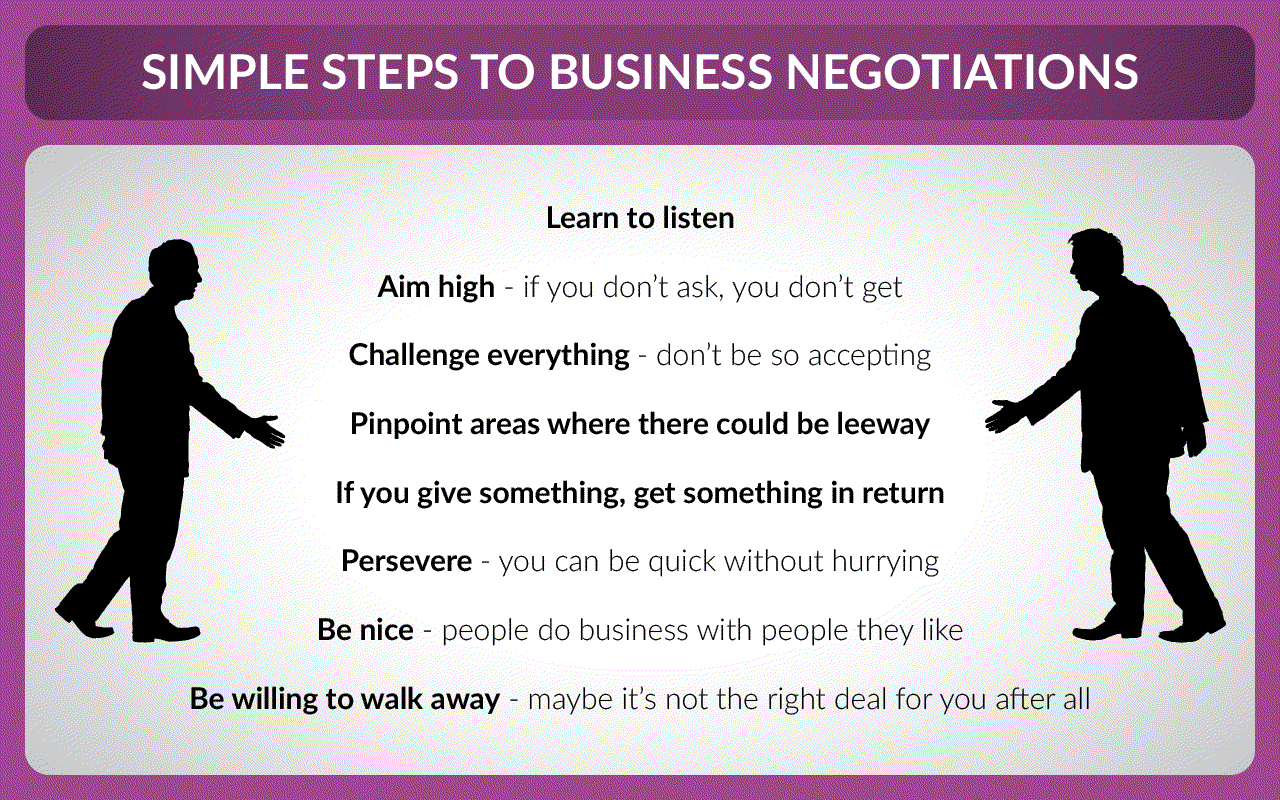
Negotiation Tips for Sweetening Business Deals
Imagine walking into a meeting with your heart racing and palms sweating. You know that the next few hours could make or break your next big business venture. Negotiation can often feel like a high-wire act, but it doesn’t need to be that way. Whether you’re a seasoned entrepreneur or a newcomer to the business scene, mastering the art of negotiation is crucial to sweetening deals and achieving success. So, let’s arm you with some tips that will help you navigate the negotiation table like a pro, ensuring that when you shake hands, everyone walks away happy.
Understanding the Ground Rules
Before you dive into techniques to up your game, it’s essential to get the ground rules in place. Negotiation is a process of give-and-take; it’s about finding a common ground where both parties can benefit. Here’s how:
– Approach negotiations with a clear mind and defined goals. Understand what you want to achieve, and equally important, know what you can compromise on.
– Be prepared. Do your homework on the people you’re negotiating with and the context of the deal. Knowledge is power in negotiations.
– Keep communications open and respectful. Building a rapport is fundamental; people are more likely to strike favorable deals with those they like and trust.
Opening the Conversation
Starting your negotiation on the right foot can set the tone for the entire discussion. Here’s how to kick things off:
– Begin with a positive, confident statement about what both parties stand to gain from a successful negotiation.
– Present your proposition clearly and succinctly. Beating around the bush won’t do you any favors.
– Use open-ended questions to encourage dialogue. Instead of asking yes or no questions, ask questions that start with ‘how’, ‘what’, or ‘why’.
Communicating Effectively
Great negotiators are also great communicators. Here are a few tips to improve your communication during negotiations:
– Listen actively. Show that you are listening by nodding, maintaining eye contact, and offering feedback when appropriate.
– Avoid negative language or confrontational tones. Positive framing can turn barriers into bridges.
– Be mindful of non-verbal cues. Your body language can speak volumes before you even say a word.
Unlocking the Power of Patience
Patience is a negotiator’s best friend. Rushing to close a deal can result in poor outcomes, so remember:
– Take your time. Rush decisions can leave value on the table.
– Don’t be afraid of silence. Sometimes, the best strategy is to wait and let the other person fill the space.
– Be the master of your emotions. Don’t let impatience or frustration get the better of you.
Strategizing with ‘What-If’ Scenarios
Brainstorming potential scenarios prepares you better for anything that comes your way during the actual talks. Here’s how to use ‘what-if’ scenarios to your advantage:
– Consider the other party’s objectives and constraints. What if they reject your primary offer? Have alternatives ready.
– Anticipate their concerns and prepare your responses. This shows foresight and can impress and reassure the other party.
– Be creative in your problem-solving. Sometimes a fresh perspective can uncover a new path to agreement.
The Art of Compromise
It’s rare for any negotiation to end with one side getting everything they want. Embrace the art of compromise:
– Determine ahead of time which aspects of the deal you are willing to flex on and which are non-negotiable.
– Offer concessions that are low cost to you but high value to them. This deepens the other party’s investment in the deal.
– Frame concessions as a win-win. This reinforces the idea of mutual benefit.
Dealing with Deadlocks
Sometimes, negotiations hit a wall. Here’s what to do if you find yourself at a standstill:
– Take a break. A pause can diffuse tension and provide a fresh perspective when discussions resume.
– Bring in a third party. A neutral observer can help mediate and find middle ground.
– Go back to the drawing board. Revisit each party’s core interests and needs to identify new areas of negotiation.
Closing with Confidence
When the negotiation is going well, and you sense it’s time to conclude, handling the closure with finesse is key:
– Summarize the mutually agreed-upon points before discussing closing terms.
– Signpost the closing phase with a phrase like, “It sounds like we’re in agreement on… Shall we look at the steps to move forward?”
– End on a positive note. Even if the negotiation has been tough, leave the other party with a good impression.
After the Deal: The Follow-Up
A deal isn’t truly complete until all the i’s are dotted and t’s are crossed. Post-negotiation is vital:
– Provide a summary of the agreement in writing as soon as possible. This prevents any misunderstandings and solidifies the deal’s terms.
– Keep the lines of communication open. Good relationships lead to future deals.
– Reflect on the negotiation process. What lessons did you learn? How can you improve for next time?
Negotiations can be complex dances filled with strategy and nuance. But with these tips in hand, you can approach the negotiation table with the right mindset and skills to sweeten the deal. It’s all about preparation, patience, effective communication, and a willingness to find common ground. Keep practicing these techniques, and over time, you’ll find your negotiation confidence—and success rate—growing substantially. Happy negotiating!
